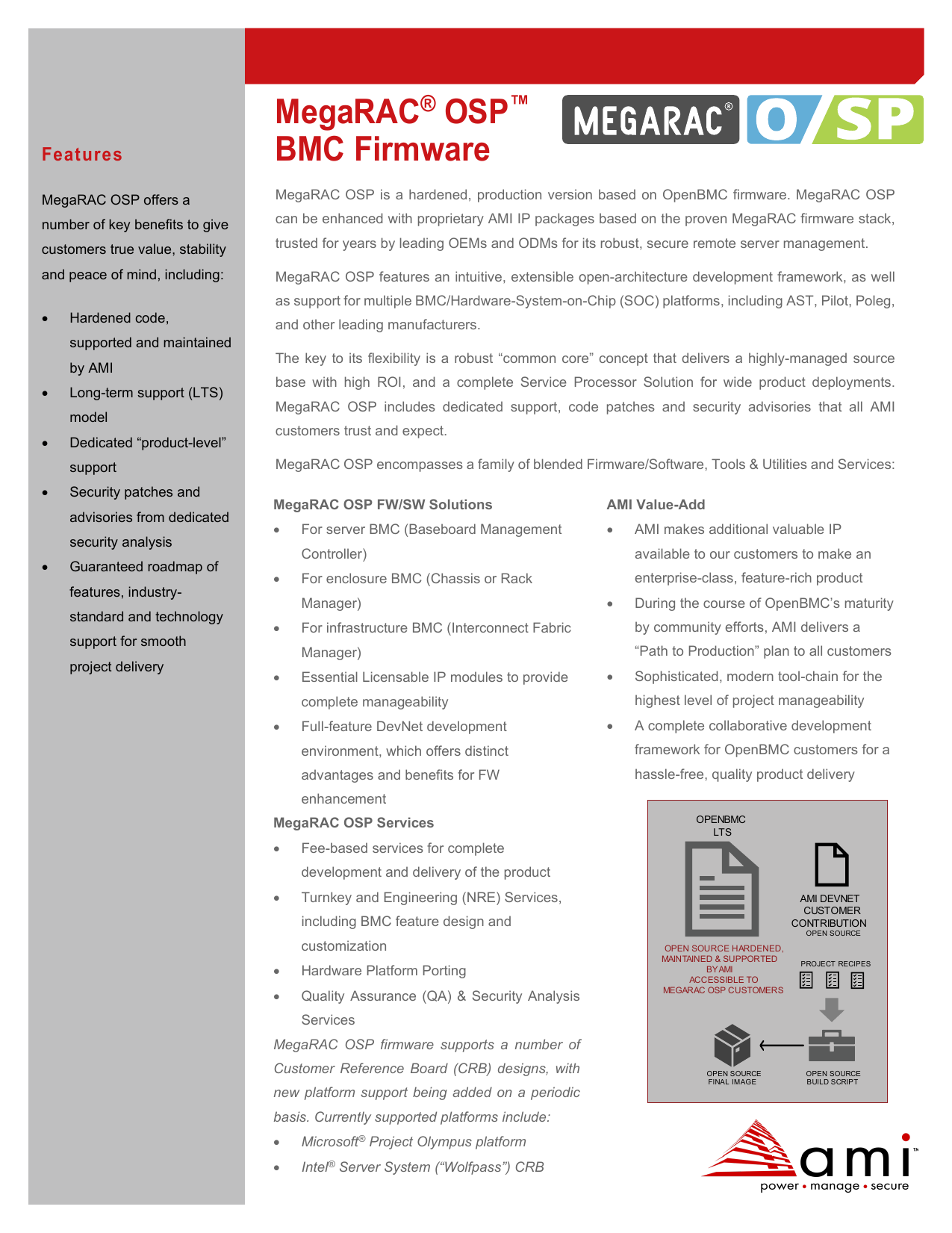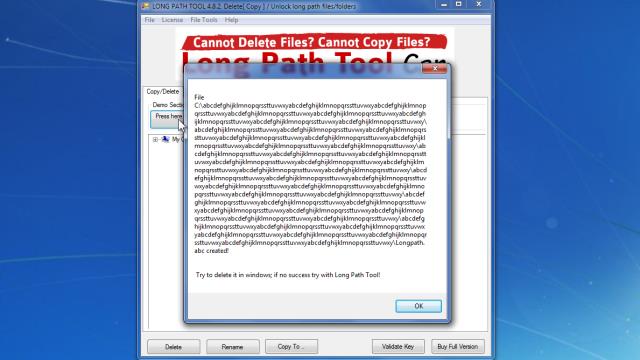

- #Long path tool open source how to#
- #Long path tool open source code#
- #Long path tool open source windows#
Open source is done async and remote, and written communication is a key skill for such a way to communicate. When you contribute something, give it a good description.Īs a newcomer to a community, one of your benefits is that you will have fresh insights to bring, Porcelli said.
#Long path tool open source code#
You can contribute ideas, participate in code reviews, or provide draft solutions. You do it by being active on communication channels and supporting new users. Porcelli mentioned several ways to engage. One way to hack around this limiting situation is to start contributing to open source and pave your own path to staff+, Porcelli said. The path to a Staff+ role usually depends on situations that engineers don’t have much control over, like having the opportunity to work on a visible project that will help get them to the next level. Your contributions should be aligned with business needs, which can give you visibility that opens up career possibilities.Īlex Porcelli presented How Open-Source Engagement Can Accelerate & Solidify Your Staff+ Career at QCon London 2022. Written communication skills are key for the async and remote work which is common in open source. They named the file "recupera.bat", so I kept that name.Open source contributions and long-term community engagement can help you on your path to a Staff+ engineer role. bat file that (with a little bit of editing) solved by problem. Someone (I can't find who anymore, sorry) wrote a nice. Unfortunately, due to not noticing the problem quickly enough this will mean that I either restore from a back-up that has the problem I am trying to fix or from one that is missing some of what I need (or go through a painful process of cherry-picking files).įortunately there is (or this would be a depressing blog entry).

Here I start to consider just dumping my computer and restoring from back-up.

Again, my problem was much worse than this.Īt this point, I have to admit that I was feeling a little concerned. This would work well if my folder depth totaled less than 256 X 26 characters long (that is the character limit times the number of letters in the alphabet and thereby the number of virtual drives I could create). Several minutes of clicking to get there showed me that I was no closer to it then when I started. So, in my case, I would have to find the deepest folder and start from there. The problem is that if the folder you move is still too long then you still can't delete it. This is a good solution if the problem is that the folder is just a little bit too long. This is a nice idea, but as I have more than 256 folders, it really won't help.
#Long path tool open source how to#
So, how to fix it? Well, I found a page by Microsoft that suggested some solutions (which I'll simplify a bit). It will let you create files with paths longer than this, but not delete them.
#Long path tool open source windows#
The problem is that Windows cannot delete a file whose path is longer than 256 characters long. I just highlighted the folder on clicked delete. This seemed an easy problem to solve, however. I'm not sure how many as Windows seemed to stop counting. The effect of which was several levels deep of "_BAK" folders in my CustomTags folder.Īctually, "several" doesn't cut it. Worse yet, I did this using a recursive bit of code (if programming is dangerous, recursion is doubly so). Unfortunately, I made a mistake while making some changes that caused it to copy "CustomTags/_BAK". As part of this, I back up my CustomTags folder by renaming it "CustomTag_BAK" - easy enough. My plan was that I would write some automated tests to test a vanilla installation of the Neptune framework. I got experience with that first hand recently when one small programming mistake caused a bit of a disaster on my computer.

The bad news is that programming is also like using a credit card, inasmuch as you can get yourself into a depth of problem just not possible without it. I would say that is true of scripting in general. Years ago when I started learning VBA for Excel, I was reading a book by John Walkenbach and he compared learning macros in Excel to using a remote control - once you learn it you don't know how you lived without it.


 0 kommentar(er)
0 kommentar(er)
